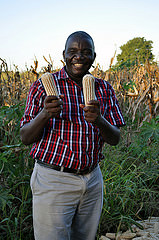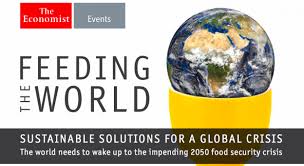Tag: gordon conway

What Role for Smallholders in Agribusiness Development?
Global: Farming First reports on roundtable discussions exploring the potential roles and opportunities for smallholder farmers in future agribusiness development hosted by the UK Parliament.
Read MoreSir Gordon Conway: Supporting the Soil that Supports African People
Africa & Middle East: Montpellier Panel Chair Sir Gordon Conway explains why the latest report champions soil health for food security.
Read MoreFeeding the World 2014: A Menu of Solutions for Solving Hunger
Global: “Without a proper food economy, you cannot have health. You cannot have education. You cannot have poverty reduction”. These comments from The Economist’s Deputy Editor Emma Duncan opened the 2014 Feeding the World Summit held in London last week, of which Farming First has now been a partner for three consecutive years. The day long […]
Read MoreSir Gordon Conway: 11 Innovations for African Smallholder Agriculture
Africa & Middle East: Our guest author, Sir Gordon Conway from Agriculture for Impact, discusses his new report, which calls for more multidisciplinary, collaborative research at a range of scales for African agriculture. The report is being launched today at the World Food Prize in Des Moines, Iowa. In my latest report, “Innovation for Sustainable Intensification in Africa”, my […]
Read More



